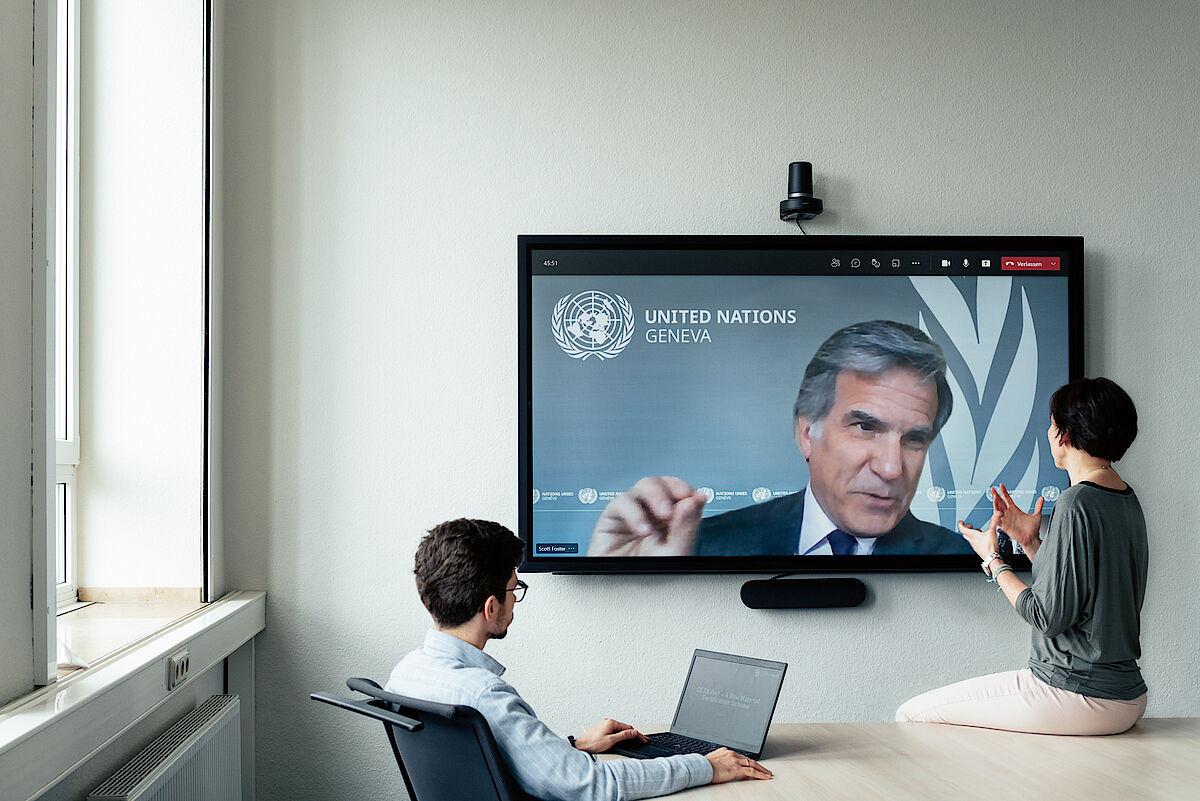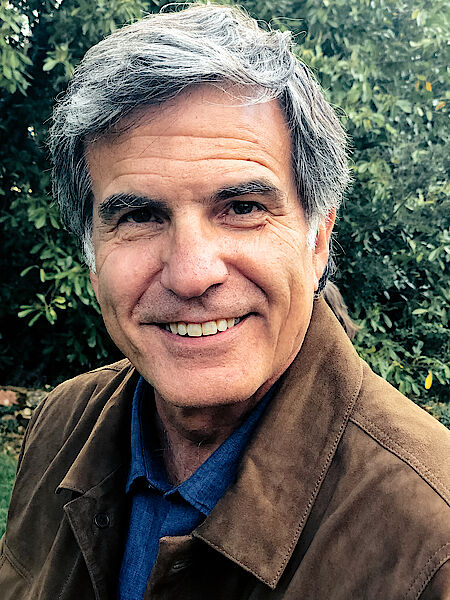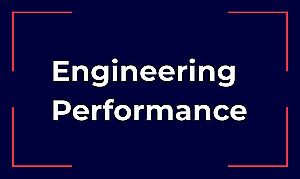Climate change is a global problem that requires a global solution. At the same time, there is a pressing imperative to meet global quality of life ambitions. That’s why the United Nations have defined the ‘Sustainable Development Goals’ of the 2030 Agenda for Sustainable Development as including both climate change and basic concerns such as clean water, health, and poverty. Our work on energy in the United Nations Economic Commission for Europe is designed to improve access to affordable and clean energy for all and help reduce greenhouse gas emissions and the carbon footprint of the energy sector in the region. It promotes international policy dialogue and cooperation among governments, energy industries and other stakeholders. That’s the theory – let’s talk a bit about practice.
The world is headed towards between 4 to 6 degrees temperature rise and those levels are a species-existential threat – there’s no doubt about it. On the other hand, there are many places and countries where people are worried as first priorities about how to get food on their table or a roof over their head or to educate their children. For them, if you think about the famous Maslow’s hierarchy of needs, climate change might be on their list of priorities – it’s just not number one. The challenge we face in the ‘Sustainable Energy’ division of UNECE is finding an integrated solution for climate and development.
Energy as a Service
An important lever to achieve our goals is rethinking the way we see ‘energy’ overall. We don’t consume coal or gas or electricity, we’re not consuming kilowatt-hours – instead we consume ‘lighting’, for example, or – depending on where you are – you may consume ‘heating’ or ‘cooling’. These are services that energy offers.
We could reinvent energy: Instead of selling a product like more kilowatt-hours of electricity or more units of gas, providers should be selling ‘quality of life’ to people. It’s about comfort in your home, the warmth, the lighting, the mobility solutions that you require and all the rest of it.
Take the housing market for example: Thermal insulation can be expensive – and not everyone can afford the cost. When we change the business model to a service model then the service provider bears the costs and has an interest in reducing those costs. It’s their cost of capital, their knowledge of the technology, and their relationship with the contractors that would actually enable the retrofit market to take off. They would be depending on the revenue stream of a subscription service they have with their clients. So suddenly energy efficiency becomes the heart of their business model because that is how they will improve their margins. That’s the basic argument. A key challenge then, is transforming energy from the commodity business it has always been to the service industry it should be. The same can be said for resources – if we focus on the end-use services that consumers require rather than the volumes of resource commodities that must be produced, we can immediately shift the resource industry from a volume and logistics play to a zero-harm, zero-waste, value-add play.



